Help Needed: I think I killed my very first Jade Plant
bernardyjh
8 years ago
Featured Answer
Sort by:Oldest
Comments (38)
andy_e
8 years agolast modified: 8 years agoJoe1980
8 years agoRelated Discussions
I think I might stat killing my plants if I continue?!?!?!?!
Comments (13)Well Tracy, I just don't understand why so much moving the pebbles in & out. Seems pointless (to me) & too time consuming (I've got abt 200 plants & work fulltime). If one topwaters (even if carefully), one can just water to overflow into the pebbles. Moving the pebbles in & out like that seems too much work & time consuming, I have FAR too many plants for all that time & work. If you're dead set against topwatering (can I pls. ask why?), what abt just topwatering when fertilizing & then just twice a month is really all that's needed. As to fertlizers, if you've just started w/ them, why not use them EXACTLY as directed but only once or twice a month, May thru Oct.? Barring unusual plants (or winter growers), that's really all that's needed. If you're fertilzing sort of weakly, weekly (as many Orchid growers do), I'm doubtful that's a great idea for non-orchids; just my opinion. Hoya HopefulA (Toni), Welcome back, it's EXCELLENT to see you back & posting, you're voice & contributions have been missed by many. Am hoping all (or most) is much better in yr. neck of the woods & that Spring finds you cheerier & flourishing! (PG) Karen...See MoreI just bought my first house plant (Dracaena) - help me not kill it
Comments (18)You have to know what you're doing with rescues. And the success rate is lower than with healthy plants bought new. In addition, there is sometimes a good reason why the plant was thrown out (pest infestation, fungus, mold, other contagious diseases, etc.). Not everyone wants to hunt though things thrown out, take those risks, and wait years for a lovely mature plant (assuming that even happens). As Caro123 says, sometimes you just want a nice plant. If I were getting a first plant, I'd want to know it was healthy so as to give myself and the plant the best chance at a happy relationship. Also, when you're new to a field, it's hard to know what a good price for something is. And that is a beautiful, big, healthy-looking plant. I don't think we should be too hard on No Thanks, just help them along as requested. No Thanks, it's good that you came here. This site has lots of friendly, knowledgeable and experienced plant lovers that are happy to help. Welcome, and good luck with your beautiful plant....See MoreHelp my jade plant i think has root rotted and is dying quick
Comments (5)Yes, you can cut. Feel the stem. Is it squishy? You will want to cut the stem back until you reach healthy tissue (start at the roots, of course). I see some brown on the stem. I would start cutting there, and work up. Keep cutting until you reach tissue with no black or brown. You want creamy white-green. After you finish cutting, dust with cinnamon to discourage disease and rot. Let the cut stem sit out of soil for a few days (in a dry, dim, cool place). the cut end will feel rough and hard (not moist or juicy). Put it in new DRY soil. I would suggest using 60% perlite and 40% cactus and succulent mix. wash the perlite to get out the dust. Don't breathe in the dust, either- it is harmful to the lungs. Prop up the stem in the soil with rocks, so it stays upright. In a few weeks, you should see roots :) Don't check often for roots, or you may break existing ones. It is best to wait until you see new growth, and then you can water a bit. The soil you have in the picture looks like it has a large contingent of peat. Peat holds water for a long time, and that rots the roots. By doing the above mix, you can avoid rot, but still be careful with watering. To check if you need to water, you can use a wooden skewer. Poke it into the soil, and if it comes out dry, you can water. Good luck! ~palmsandsnow...See MoreI think I killed my passionfruit vine. I need help!
Comments (1)Is there any way you can post a photo or photos of the plant? Passionfruit are normally pretty crazy growers. From what I have read (and limited experience this last year) they can normally take a bit of pruning....See Morebernardyjh
8 years agohookilau
8 years agokaktuskris
8 years agogreenman28 NorCal 7b/8a
8 years agobernardyjh
8 years agoJoe1980
8 years agolast modified: 8 years agoLilBit7765
8 years agolast modified: 8 years agobernardyjh
8 years agobreathnez
8 years agok8 (7b, NJ)
8 years agobernardyjh
8 years agoDanielle Rose
8 years agobernardyjh
8 years agoandy_e
8 years agoJoe1980
8 years agobernardyjh
8 years agolast modified: 8 years agoDanielle Rose
8 years agobreathnez
8 years agobernardyjh
8 years agolast modified: 8 years agobernardyjh
8 years agoehuns27 7a PA
8 years agobernardyjh
8 years agolast modified: 8 years agoehuns27 7a PA
8 years agobernardyjh
8 years agobernardyjh
8 years agolast modified: 8 years agoehuns27 7a PA
8 years agobernardyjh
8 years agolast modified: 8 years agoehuns27 7a PA
8 years agobernardyjh
8 years agokwie2011
8 years agolast modified: 8 years agohookilau
8 years agoandy_e
8 years agobernardyjh
8 years agolast modified: 8 years agosowngrow (8a)
8 years agoandy_e
8 years ago
Related Stories

FUN HOUZZEverything I Need to Know About Decorating I Learned from Downton Abbey
Mind your manors with these 10 decorating tips from the PBS series, returning on January 5
Full Story
FEEL-GOOD HOME12 Very Useful Things I've Learned From Designers
These simple ideas can make life at home more efficient and enjoyable
Full Story
SMALL SPACESDownsizing Help: Think ‘Double Duty’ for Small Spaces
Put your rooms and furnishings to work in multiple ways to get the most out of your downsized spaces
Full Story
LIFEDecluttering — How to Get the Help You Need
Don't worry if you can't shed stuff and organize alone; help is at your disposal
Full Story
HOUSEKEEPINGWhen You Need Real Housekeeping Help
Which is scarier, Lifetime's 'Devious Maids' show or that area behind the toilet? If the toilet wins, you'll need these tips
Full Story
EXTERIORSHelp! What Color Should I Paint My House Exterior?
Real homeowners get real help in choosing paint palettes. Bonus: 3 tips for everyone on picking exterior colors
Full Story
HOUSEPLANTS8 Houseplants You Can't Kill
They're forgiving and let you forget. Houseplants don't get any easier than this
Full Story
ORGANIZINGGet the Organizing Help You Need (Finally!)
Imagine having your closet whipped into shape by someone else. That’s the power of working with a pro
Full Story



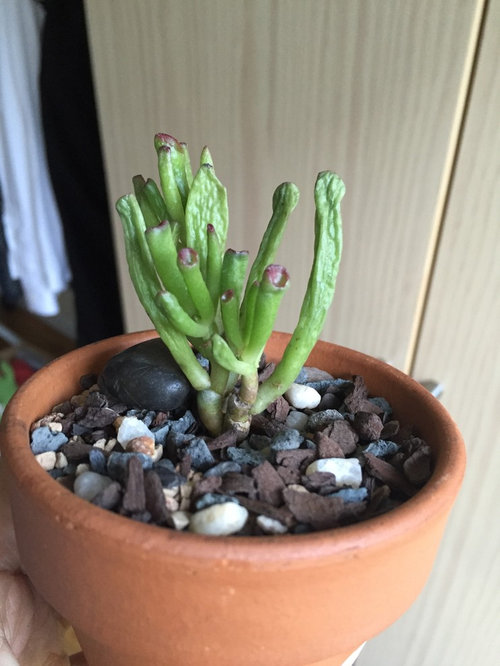
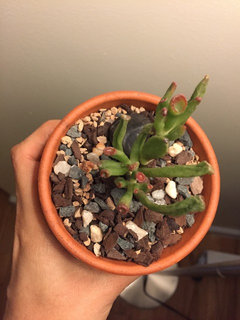

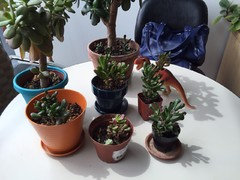
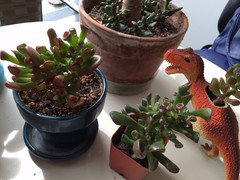
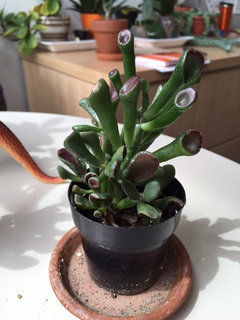
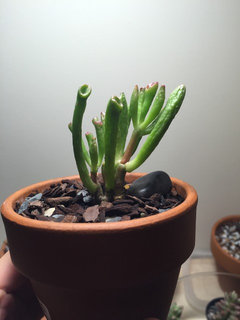
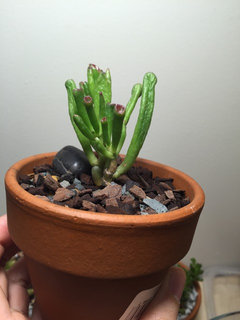
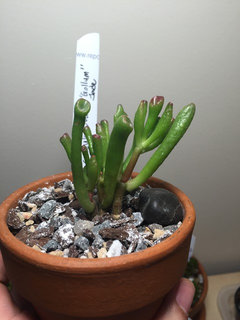
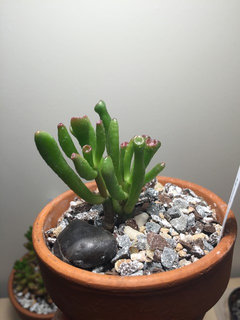


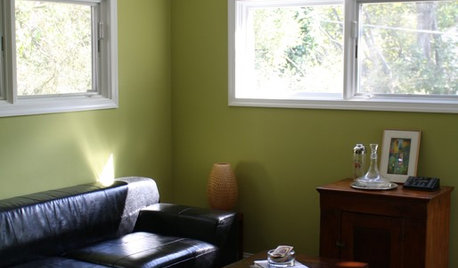


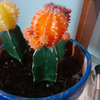
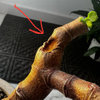
andy_e